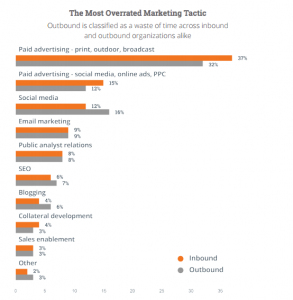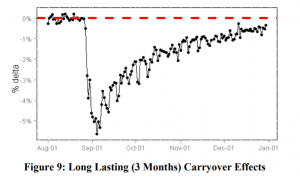Bringing In Offline Data To Optimize Online Ad Bids
Google has allowed marketers to optimize the bid prices on digital ads for years using historic online data, but marketers don’t hear much about using offline data to optimize bids.
Now TruSignal, a predictive analytics and data company, brings in offline data to optimize online media bids.
TruSignal’s technology takes as many signals as possible to make bidding decisions based on the possibility that the person seeing the ad will take an action, such as making a purchase or completing or downloading a form.
It replaces or adds to what TruSignal CEO David Dowhan calls online behavioral signals like time of day or day of the week with offline data such as past purchase information in a store, lifestyle data, demographics, and hobbies and interests.
The company builds a propensity model looking at hundreds of attributes for a specific person and rank order from zero to 99, creating a score on the possibility that type of person would take an action based on a campaign. By the time the data gets pulled in to the model it’s converted into an anonymous score, zero to 99.
The zero to 99 score value is used to change the bid pricing. For those in the higher scoring range, the bid price gets bid up. For those in the lower range, the bid prices gets bid down.
The bid price of the ad gets changed at the demand-side platform.
“Even if someone shows intent online, they’re not always a great fit,” he said. “There’s a lot of people who like to peruse new car models as they come online.
While that type of behavioral data would suggest the person will buy the car, the offline data would imply the person’s not a great fit to see the ad. And in this case the advertiser would have invested in serving an ad without results.
(57)
Report Post





